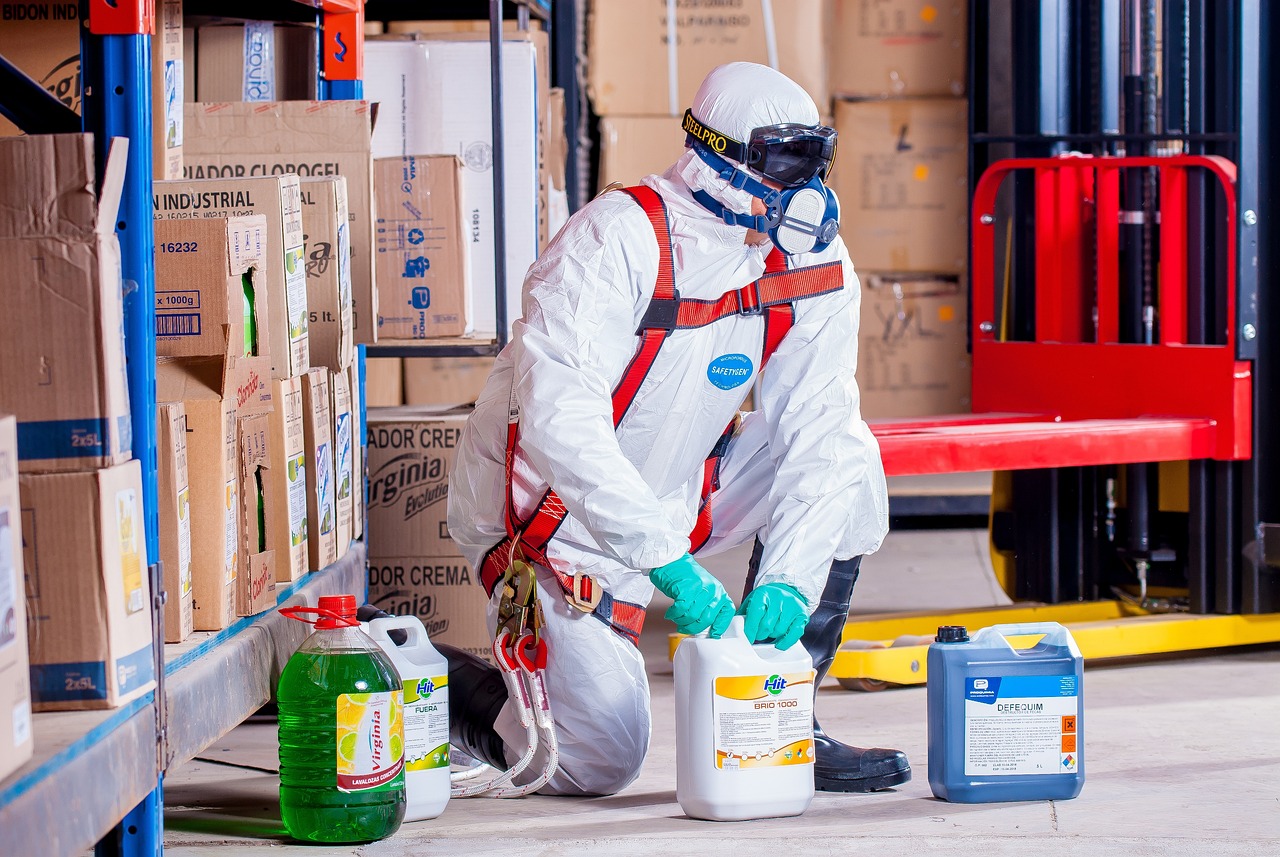Table of Contents
ToggleIntroduction
Legacy pollutants, also known as persistent organic pollutants (POPs), are chemicals that are long-lasting in the environment and can harm living organisms, including humans, wildlife, and aquatic life. They have been used in a variety of industries, including agriculture, manufacturing, and energy production, for decades, but their persistence in the environment and bioaccumulation in the food chain have led to widespread concern about their impact on human and environmental health. In this article, we will discuss what legacy pollutants are, their effects on the environment, and what can be done to mitigate their impact.
What are Legacy Pollutants?
Legacy pollutants are a group of chemical compounds that have a long-lasting presence in the environment due to their resistance to breakdown and degradation. These chemicals were used extensively in the past, but their use has been restricted or banned due to their toxic effects. Some common examples of legacy pollutants include:
- Polychlorinated biphenyls (PCBs)
- Dioxins and furans
- Pesticides such as DDT and chlordane
- Polybrominated diphenyl ethers (PBDEs)
Effects of Legacy Pollutants on the Environment
Legacy pollutants can have a range of adverse effects on the environment, including:
Accumulation in the Food Chain
One of the most significant concerns with legacy pollutants is that they bioaccumulate in the food chain. This means that the chemicals accumulate in the bodies of animals and are passed on to higher levels in the food chain. As a result, animals at the top of the food chain, such as humans and predators, can have much higher concentrations of the chemicals in their bodies than those at lower levels.
Health Effects on Wildlife
Legacy pollutants can cause a range of health effects on wildlife, including reproductive problems, immune system damage, and developmental abnormalities. For example, DDT has been shown to cause thinning of eggshells in birds, which can lead to reproductive failure and population declines.
Contamination of Soil and Water
Legacy pollutants can contaminate soil and water, leading to a range of environmental problems. For example, PCBs can leach into soil and water, where they can remain for decades, causing long-term contamination and harm to wildlife and aquatic life.
Climate Change
Legacy pollutants can contribute to climate change by affecting the ozone layer and contributing to the greenhouse effect. For example, CFCs, which were used as refrigerants and propellants, are known to damage the ozone layer, leading to increased UV radiation and climate change.
Mitigating the Impact of Legacy Pollutants
There are several steps that can be taken to mitigate the impact of legacy pollutants, including:
Cleanup and Remediation
One of the most important steps in mitigating the impact of legacy pollutants is cleanup and remediation. This involves identifying areas of contamination and taking steps to remove or mitigate the pollutants. For example, contaminated soil can be excavated and disposed of in a safe manner, and water can be treated to remove pollutants.
Regulation and Enforcement
Regulation and enforcement are critical in preventing the release of legacy pollutants into the environment. Governments can impose regulations on the use of certain chemicals and enforce penalties for non-compliance. For example, the Stockholm Convention on Persistent Organic Pollutants is an international treaty that aims to eliminate or restrict the use of legacy pollutants.
Alternative Chemicals and Technologies
Alternative chemicals and technologies can help to reduce the use of legacy pollutants and replace them with safer alternatives. For example, biodegradable plastics can be used instead of traditional plastics, and organic farming methods can be used instead of pesticides.
Education and Awareness
Education and awareness can play a critical role in mitigating the impact of legacy pollutants. By increasing public awareness of the dangers of legacy pollutants and their impact on human health and the environment, individuals can take steps to reduce their exposure to these chemicals and advocate for stronger regulations and enforcement.
Personal Actions
Individuals can take actions to reduce their exposure to legacy pollutants, such as choosing products that are free of harmful chemicals and properly disposing of hazardous materials. For example, avoiding the use of products containing PBDEs and using natural pest control methods in the home can reduce exposure to legacy pollutants.
Conclusion
Legacy pollutants are a serious environmental and health concern, with their persistence in the environment and bioaccumulation in the food chain leading to long-term impacts on wildlife and human health. Mitigating their impact requires a combination of cleanup and remediation efforts, regulation and enforcement, alternative chemicals and technologies, education and awareness, and personal actions. By working together, we can reduce our exposure to legacy pollutants and protect the health of our planet and its inhabitants.








1 thought on “Understanding Legacy Pollutants: Their Impact on the Environment and Human Health”
Pingback: PFAS Contamination: An In-Depth Look at the Impact on Wildlife - Sustainability Awakening